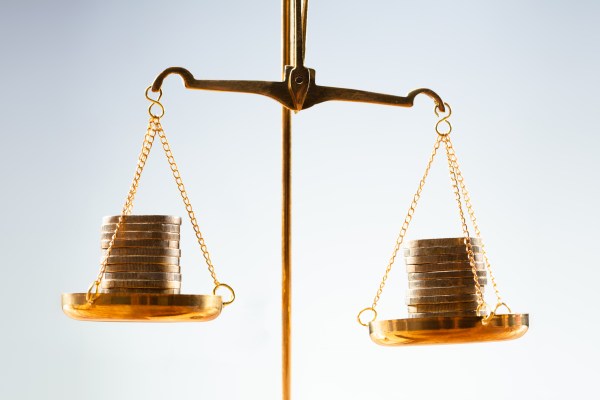One of the main reasons we have yet to see a meaningful recovery in late-stage deal activity is the lack of consensus around how startups should be valued. No one wants to pay 2021 prices, but gauging what startups are worth now isn’t easy.
However, there are signs that folks are coming to an agreement.
Last week, Forge Global, a private securities marketplace, released data that shows the average difference between what secondary sellers were looking to sell for and what buyers were looking to buy shares for — also known as the bid/ask spread — had decreased to 17%. This is the lowest percentage in a year, showing that buyers and sellers are starting to get on the same page regarding price.
For Kelly Rodriques, the CEO of Forge, it’s too early to tell if this definitively means valuations have hit the bottom or if the bid/ask consensus will stay consistent — it can fluctuate in any market, he said — but he is optimistic this is a sign that things will start heading in the right direction.
“We need to watch this and see that this 17% is sustainable,” Rodriques told TechCrunch+. “If it is, there are a group of market participants that are watching the space and wondering when to jump back in.”
Another positive signal to track is ROFR — right of first refusal — which is when a company declines a sale of its shares to an outside party and buys them instead. Rodriques said that once we see a significant uptick in that — there is already movement in that direction — it will show that companies are agreeing with the prices put on themselves, too.
“That means when the most informed buyer knows it is the right price,” Rodriques added.
Once there are a few months of a consistently narrow bid/ask spread, Rodriques thinks the market will start to see movement pick up. Companies figuring out a jumping off point for their shares and valuation — regardless of whether the buyers end up paying that exact amount — will be huge considering companies that raised in 2021 really don’t have other data points to use to value themselves.
But it won’t just be a flurry of secondary activity; this data can help inform and push companies to get back out to raise primary funding rounds, file to go public and better price employee stock options.
The other interesting nugget from the firm’s latest data is that not everyone getting deals done is doing so at an extreme discount. Rodriques said that about a third of the private companies his firm tracks have actually been trading at a premium, which shows that this market won’t be all doom and gloom, even if it doesn’t return to 2021 levels.
“Discounts are still high, but there is a collection of companies, a block of them, that are trading at premiums which aren’t really covered in the averages because a lot of them are written down from their averages,” he said.
What this all means is the market is at least headed in the right direction in terms of a recovery. No, it won’t be to 2021 levels or happen at 2021’s breakneck speed. But if companies and buyers can come to terms on pricing, the late-stage deal market should open up in some capacity. And while, no, there isn’t as much dry powder as some make it seem, there is definitely enough at the later stages that is eager to be deployed.
“I maintain optimism for the second half of the year,” Rodriques said. “I’m not expecting a return to the kind of volume and pricing we saw in 2021, or a ‘V-shaped’ return. I think as the market recovers, it will recover cautiously. Nobody sees the border environment improving overnight. We are still talking about interest rate hikes. There is still a war. Inflation is not under control. We are cautiously optimistic but we are not holding out for a full blown recovery.”
